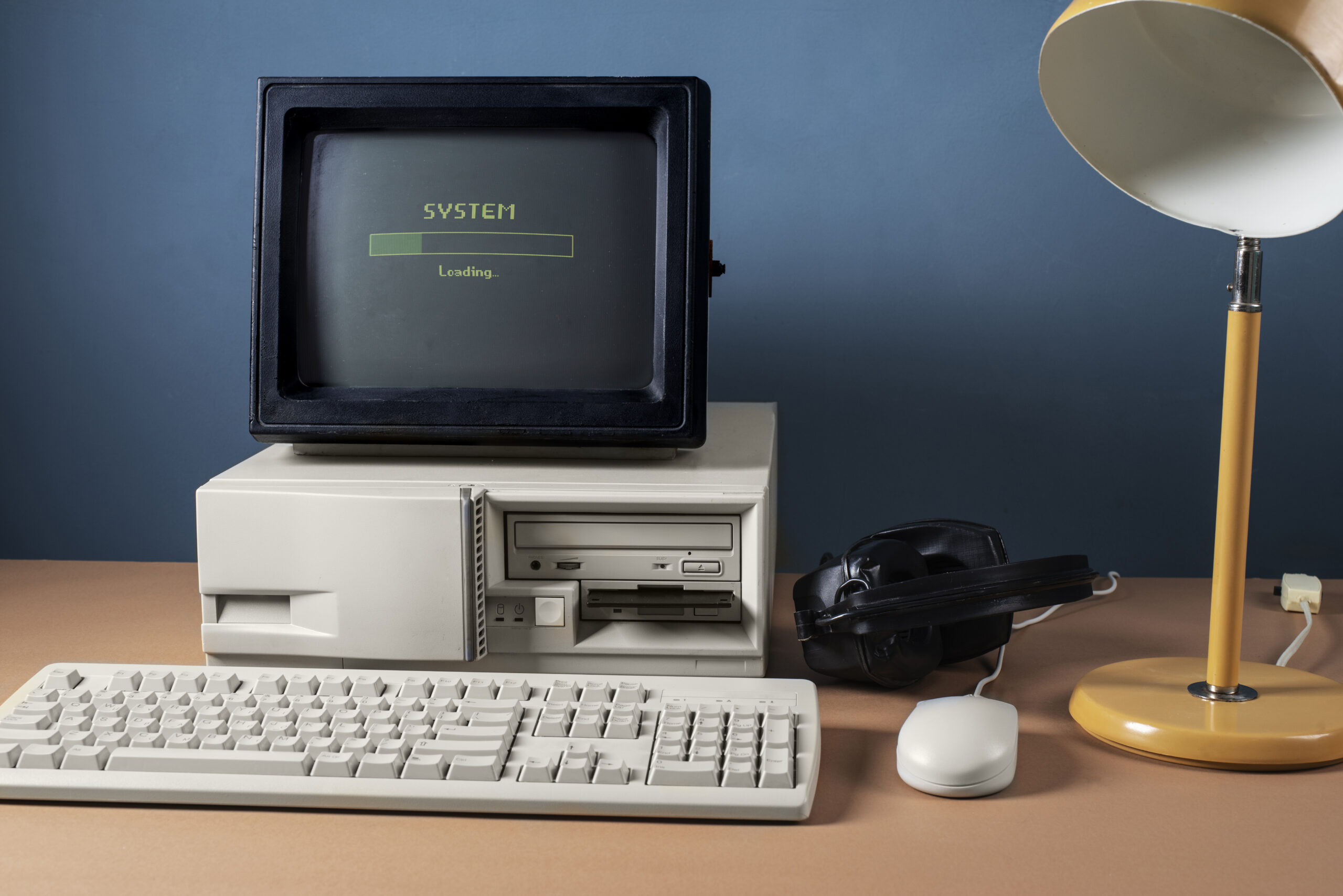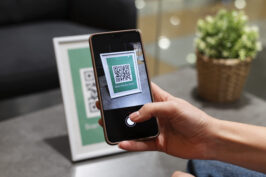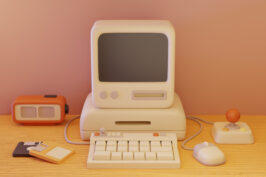What the Internet Looked Like in 1993
Table of contents

It’s hard to imagine life without the internet. Today, it’s a slick, instant, mobile experience—rich with videos, social media, e-commerce, and real-time everything. But rewind to 1993, and the internet was a different beast altogether: slow, awkward, mostly text-based, and yet absolutely magical to those who braved its primitive frontiers.
Before Google, Facebook, or even Internet Explorer, the online world of 1993 was taking its first baby steps into the mainstream. Let’s hop in a virtual time machine and explore what the internet really looked and felt like back then—quirks, dial-up noises, and all.
The Backstory
In 1993, the internet was still a mysterious concept to most people. It was primarily used by academics, scientists, and computer enthusiasts. Access was mostly limited to universities and government agencies, with commercial use just beginning to open up. The National Science Foundation lifted its restrictions on commercial traffic, paving the way for the web we know today.
That same year, the first widely-used graphical web browser—Mosaic—was released. It changed everything. Unlike the command-line interfaces of earlier systems, Mosaic made the web accessible to the average person, introducing the idea of clicking on hyperlinks, viewing inline images, and surfing pages with a mouse. It was a revolution in usability.
Behind the Scenes
Web pages in 1993 were mostly made with HTML 1.0, which meant they were extremely simple—no styling, no layout tricks, no JavaScript. Think black text on a gray background, blue underlined links, and images that took forever to load. Connection speeds were measured in kilobits per second, so patience wasn’t just a virtue—it was a necessity.
To get online, users had to connect through dial-up modems. These devices used phone lines and made that now-iconic screeching noise during handshake sequences. If someone picked up the phone mid-download, your connection could drop instantly. And yet, millions of people began logging on, discovering bulletin boards, IRC chat rooms, and early web portals.
Did You Know?
Here are a few surprising facts about the internet in 1993:
- The first website ever created is still online: info.cern.ch, built by Tim Berners-Lee.
- There were only about 130 websites in the entire world in 1993.
- Most people accessed the internet using command-line tools like Gopher and FTP before Mosaic took over.
- The term “surfing the internet” was just catching on, thanks to a 1992 article that helped popularize the phrase.
It was also a time when you could literally ‘visit every site on the web’ in a single evening, assuming you didn’t mind a bit of scrolling and waiting.
The User Experience
Using the internet in 1993 was not for the faint of heart. There were no search engines as we know them—just directories like Archie or manually compiled lists of websites. Navigating the web meant knowing the exact URL of a site, or discovering it through word-of-mouth or email newsletters. The experience was akin to stumbling in the dark with a flashlight—every link clicked was a small adventure.
There was also no standard design language, so every site looked wildly different. Fonts, colors, and layouts were often inconsistent or difficult to read. Still, for early adopters, this inconsistency added to the excitement. Each site felt personal, handmade, and full of personality—far from today’s polished, templated interfaces.
Early Communities and Culture
Before the rise of forums and comment sections, communities gathered on platforms like Usenet, IRC (Internet Relay Chat), and local bulletin board systems (BBS). These spaces were text-heavy but brimming with discussion—tech tips, debates, hobby groups, and even early fanfiction hubs. Users formed tight-knit communities that shared a deep sense of belonging and a love of exploration.
Email was one of the most-used features of the early internet, and it was considered revolutionary. People could now send messages across the world in seconds—a sharp contrast to fax machines or postal mail. File sharing through FTP, university-based repositories, and early MP3 swapping also began around this time, setting the stage for the digital distribution era.
Tech Behind the Scenes
In 1993, the infrastructure of the internet was held together by protocols and systems most users never saw. Transmission Control Protocol/Internet Protocol (TCP/IP) formed the backbone of data exchange, while Domain Name System (DNS) servers translated domain names into IP addresses. Back then, IP addresses were often typed directly, and DNS propagation could take hours or days—unthinkable by today’s standards.
Web hosting was equally raw. Many early websites were hosted on university servers or personal machines running UNIX. System administrators manually configured permissions, dealt with hardware limitations, and coded everything by hand. Bandwidth was scarce and expensive, which is why early web design focused heavily on minimalism—images were compressed, pages were short, and text ruled supreme.
Internet Access at Home
Getting internet access at home in 1993 wasn’t as simple as downloading an app. Users had to purchase modems, install configuration software, and often navigate complex setup instructions. Service providers like AOL, Prodigy, and CompuServe offered bundled software that made things easier—with splashy graphical interfaces, curated news, chat rooms, and even early forms of email. These services were often billed hourly, so many users carefully timed their sessions.
Despite the hurdles, the novelty was undeniable. For many, this was the first time they could explore libraries of information, connect with distant strangers, or publish something that the whole world could (eventually) read. It was messy, slow, and incredibly exciting.
Bonus Fact
One of the earliest commercial uses of the internet in 1993 was for pizza. Yes, really. A digital pizza delivery system was created by Pizza Hut, allowing users in Santa Cruz, California to place orders online through a primitive web form. It wasn’t glamorous, but it marked the beginning of online food ordering—something billions of people now rely on daily.
Takeaway
Looking back at the internet in 1993 is like opening a dusty time capsule. It was clunky, slow, and largely uncharted—but it was also full of promise. The simplicity of early websites and the thrill of discovering something new every day helped shape the culture of curiosity and innovation that still defines the web today.
So the next time your fiber-optic Wi-Fi drops for two seconds and you’re tempted to scream, remember: the pioneers of 1993 waited minutes to load a single image—and they loved every pixel of it.






